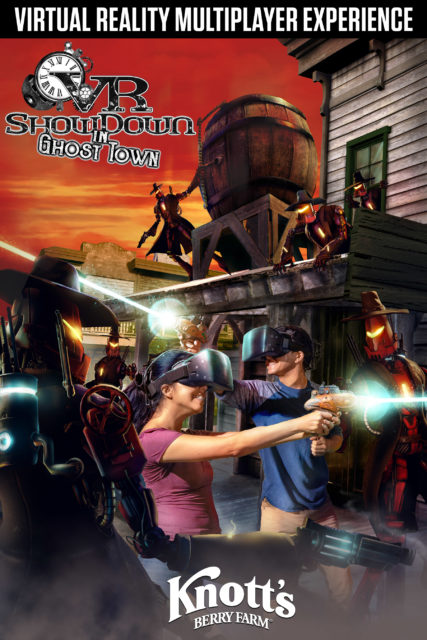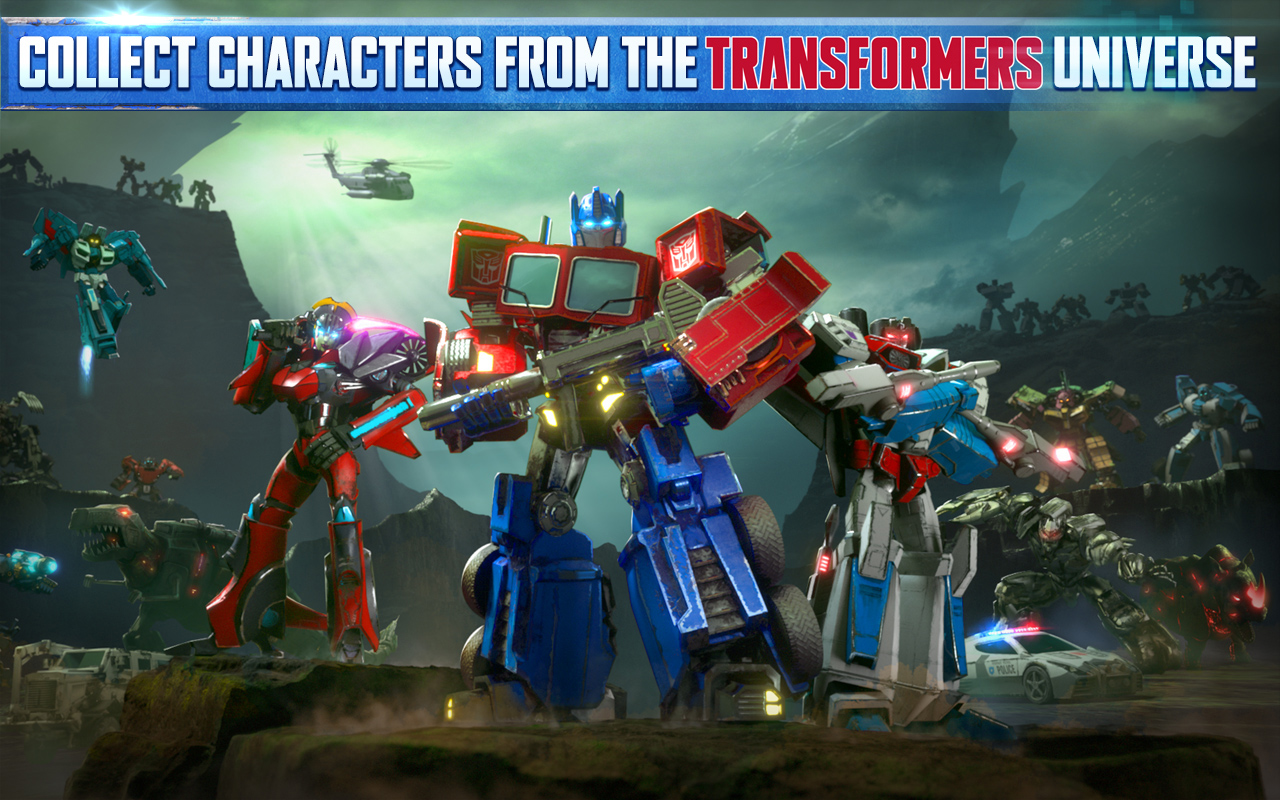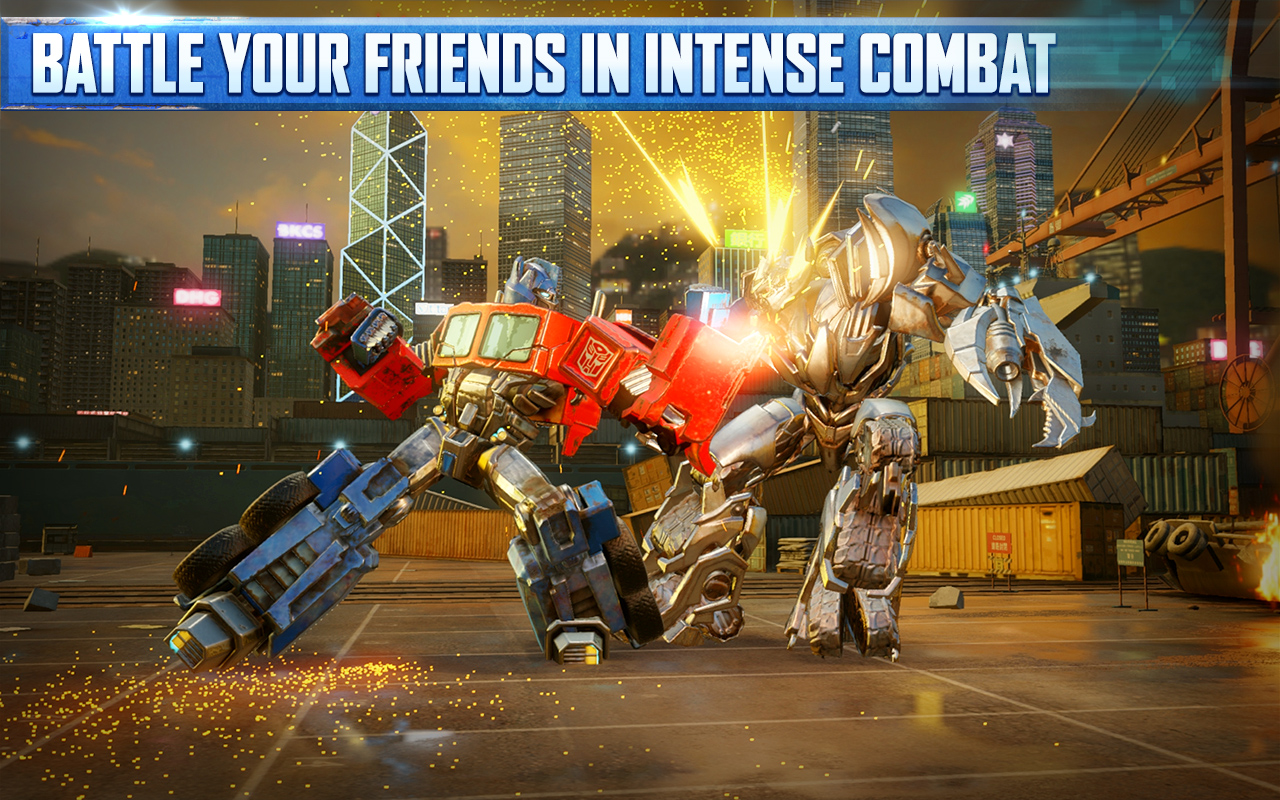Skydance Media acquired The Workshop in May 2016 and rebranded the virtual reality game company Skydance Interactive, and the studio went to the Game Developers Conference (GDC) to showcase its first original VR project, Archangel. The company will also debut Life VR on March 24 in conjunction with the Jake Gyllenhaal feature film release and Archangel in July.
Skydance Interactive president, Peter Akemann, told [a]listdaily that this has been a fantastic opportunity to bring his studio’s experience as lifelong console developers and combine it with the film powers of the Skydance film and television crew to bring big ticket experiences to the new medium. He said, “the insights both from gaming and cinema are going to be key to shaping the kind of quality entertainment that’s really going to drive the platform and help create the next generation of VR content.”
The film-driven Life VR experience will bring players onto the International Space Station command module to fight against a rapidly evolving life form from Mars. After launching for mobile platforms like Samsung Gear VR and Google Daydream, Life VR will ship on Oculus Rift, Steam, HTC Viveport and PlayStation VR.
The original game, Archangel drops players into the cockpit of a six-story-high war-machine that must stop a tyrannical corporation from taking over a post-apocalyptic America. The game will be released on Oculus Rift, Steam, HTC Viveport and PlayStation VR.
“One might expect that a Hollywood company’s main interest in VR would be making products to support its film slate, however that’s not Skydance’s strategy,” Akemann said. “Our fundamental strategy at Skydance Interactive is to create original games and original IP in the medium. That’s what you’re seeing here with our debut product Archangel. When film opportunities come up, and they certainly will, we definitely want to take advantage of that. Skydance has a lot of great properties that would work very well in games, but it’s very important that the interactive vision stand on its own creatively as an originator of IP on par with the film and television wings of the company.”
Akemann said the mechanized war machines of Archangel allowed the studio to go beyond one-to-one VR. “When we first conceived of Archangel, we were already seeing some very successful products in the market that delivered convincing one-to-one experiences, and yet one-to-one experiences are intrinsically a bit limiting with the hands and the body doing exactly what I’m doing,” Akemann said. “The magic of a gaming has always been to take you somewhere else to let you be something bigger and more awesome than yourself. We wanted a level of abstraction that put you in command of something that projected yourself. In our case, we chose to be this big awesome dude. Our vision statement for Archangel very early in the first hours of conception was whether we could capture a sense of me and the huge thing that I’m commanding. When we achieved it, we knew we had something special.”
Akemann said his team, which has worked on games like Brothers, The Evil Within, Armored Warfare, Sorcery and Rekoil over the years, embraces the VR gaming concept.
“I take issue with the use of the word ‘VR experiences,’” Akemann said. “We’re making games. I feel like ‘experience’ is a word for people that don’t want to call it a game for fear of generating an expectation. We embrace that expectation. Seeing and realizing that VR was ready to be treated as a serious gaming platform was one of the principle reasons for creating the company in the first place. It’s our thesis to prove. We’re trying to do that with Archangel.”
Akemann said it takes some time to develop a AAA VR game. The team has been working on the Unreal Engine 4 title for 10 months and has another five months before release. “That’s a pretty short time to deliver something that feels AAA,” Akemann said. “The fact we’re doing it is something I’m very proud of. I’m very proud of the team for pulling this off. In the future, we’d love to have more time, but you know it’s a fast moving train. We had to jump in and get on, so that’s what we’re doing.”
Skydance Interactive’s main effort was to target a platform space that would exist in every major commercial high-end rig, and they chose only to focus on the headset and the two hand controllers as the principle mode of playing a game, which exists on Vive, Rift and PlayStation VR. The game also supports controller gameplay, but Akemann prefers the two-handed gameplay because that was the inception for gameplay. Archangel will also be available at VR arcades like the IMAX VR Centres that are opening across the country.
“The VR arcade location-based experiences are creating a portal with a $10 barrier to entry, where you’re looking at a $600 to $2,000 barrier to entry every other place,” Akemann said. “VR is unique in that it’s so hard to share. Almost the only way to experience it is for someone to tell you how awesome it is and then to go play it yourself. It’s almost a philosophical problem in communicating it to you. So, we believe the location-based centers are going to perform in a central role in doing that.”
Akemann said that location-based centers typically deliver a higher-end hardware than what you can expect from the consumer level, and his team is able to take advantage of that technology to add some premium touch to the VR games. In some ways, the VR industry is replicating the classic arcades of the ‘80s and ‘90s, and the home gaming industry that grew out of that.
“I’m hoping the same happens here in that VR arcades will bootstrap the home markets so that in 20 years if location-based has finally run its course and home is where it’s at, that would be awesome,” Akemann said. “But I don’t think that will happen because there are certain things you can do in location-based that you’ll never be able to do at home, like have a lot of space. There’s no limit to how fancy the hardware you can have, but you can’t create space when you’ve got some of the experiences that the Vive makes possible at room-scale. There’s always going to be a very important place for location-based for that.”
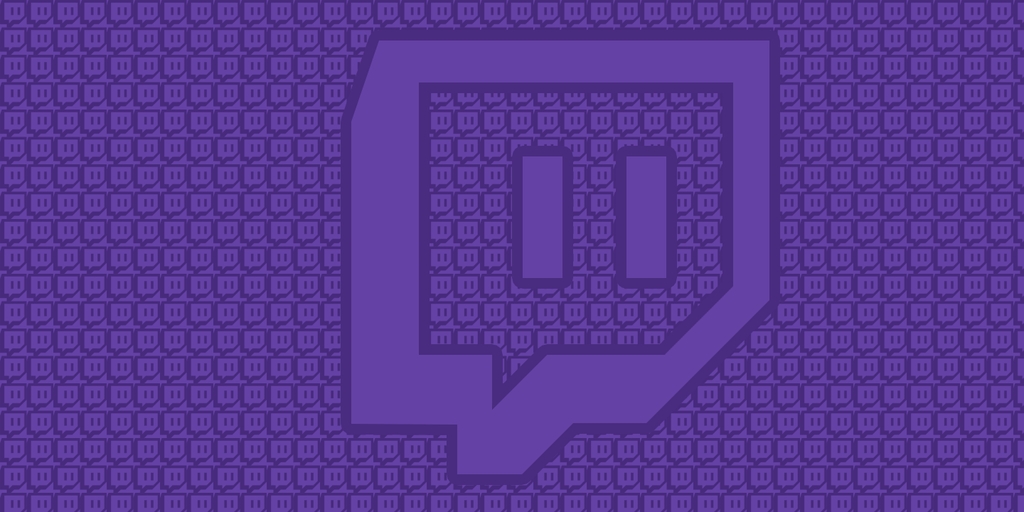

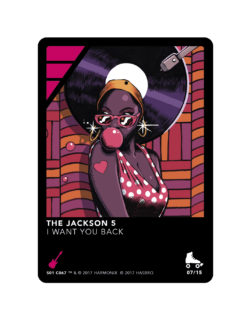 What audience demographic would you say DropMix is geared toward?
What audience demographic would you say DropMix is geared toward?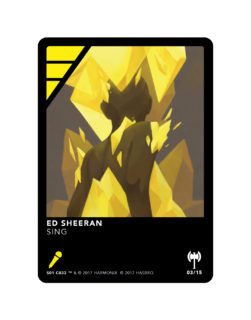 Do you think Harmonix’s reputation with console games will help with the popularity and discoverability of DropMix?
Do you think Harmonix’s reputation with console games will help with the popularity and discoverability of DropMix?
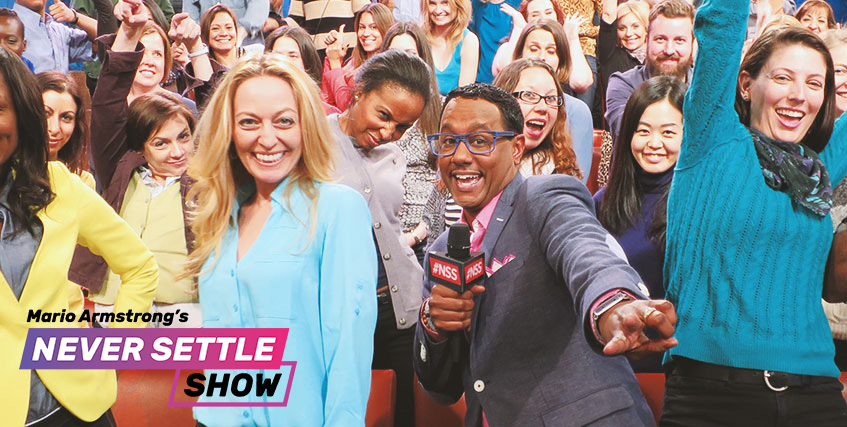
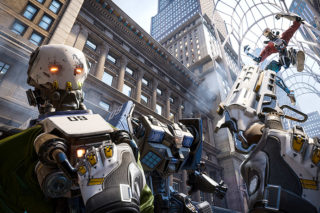 Besides being featured on the Oculus Store, what do you think is the best way to promote a VR game right now?
Besides being featured on the Oculus Store, what do you think is the best way to promote a VR game right now?